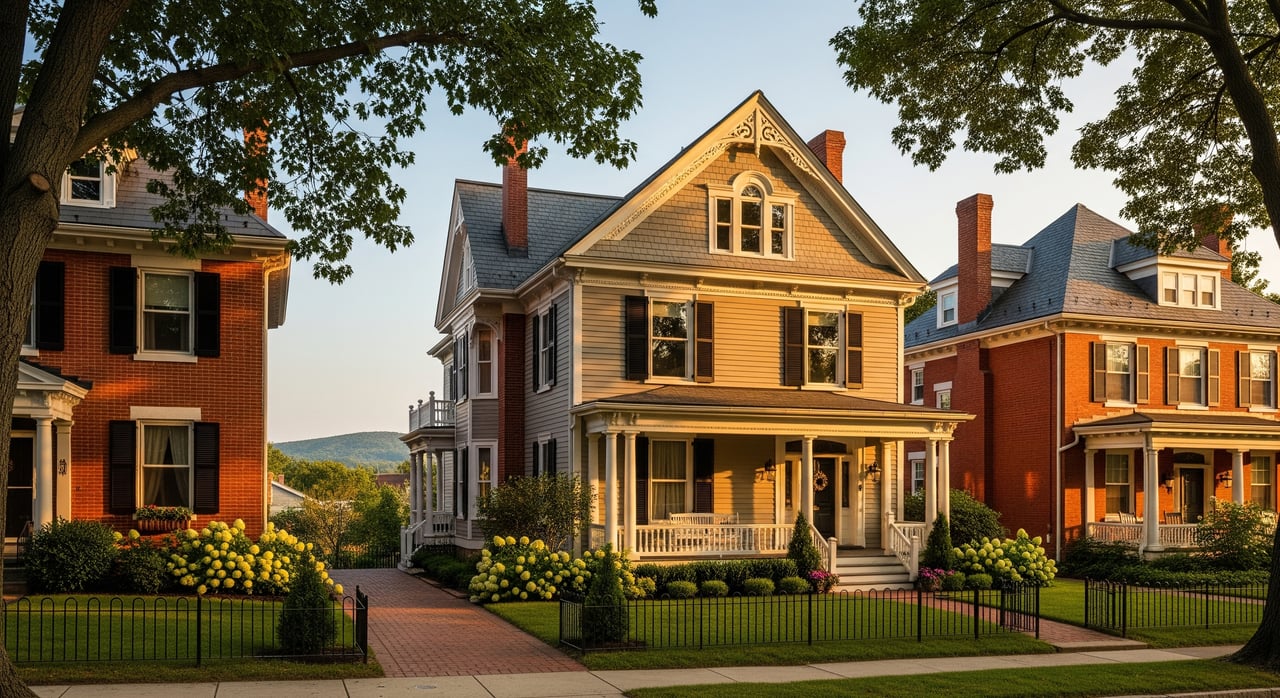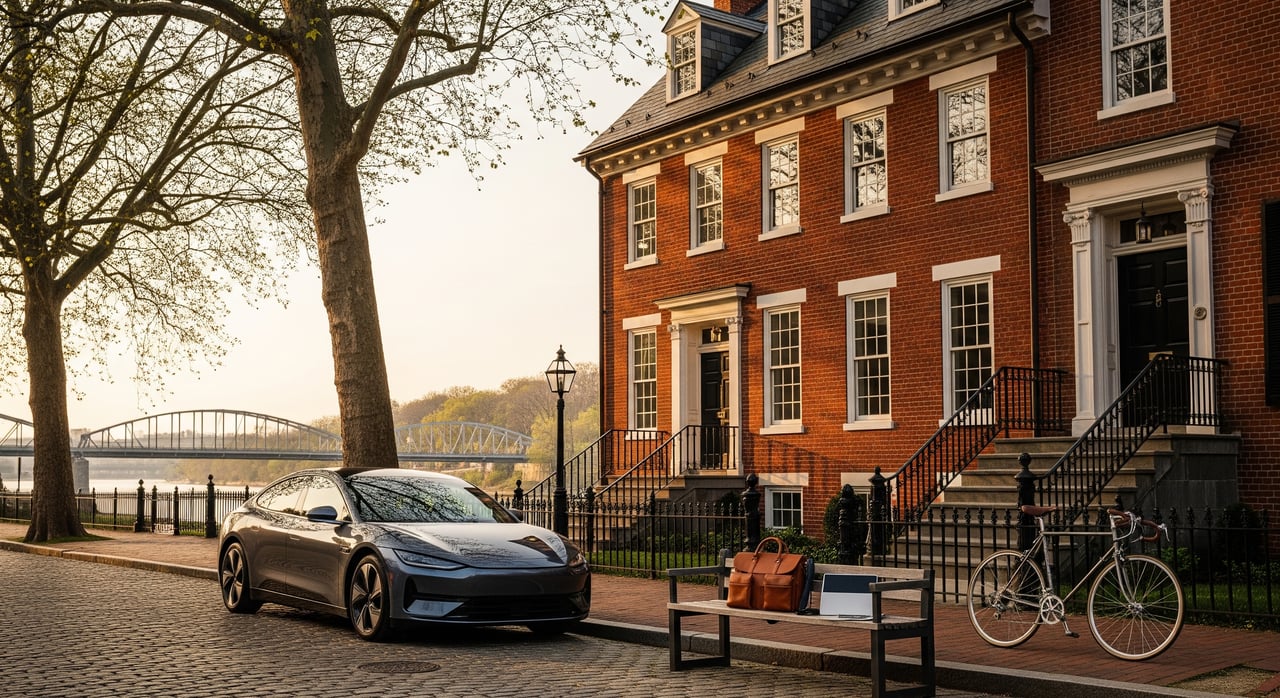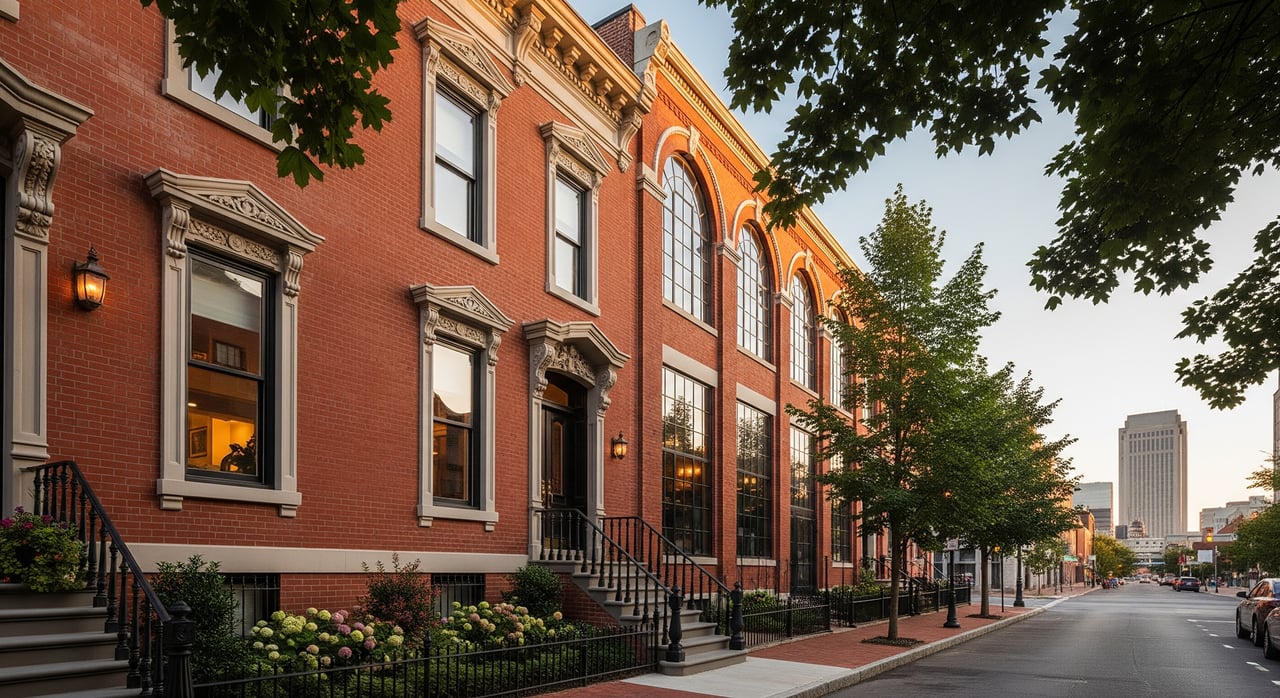Educational opportunities and affordability are top-of-mind concerns for today’s homebuyers
When it comes to shopping for a home when you have kids, there is a laundry list of factors to consider, depending on a family’s lifestyle, who makes up the family unit, and the age of the children. However, there are several factors that are near-universal for families when selecting a home and these center around the well-being of children and their education.
According to the National Association of Realtors (NAR) 2022 Home Buyers and Sellers Generational Trends Report, older millennials make up the majority of homebuyers, accounting for 25% of purchases. Not only is this generation influential in homebuying trends, but the majority have similar lifestyle needs. Most of this group is dominated by married couples (64%) and almost as many (59%) have at least one child under the age of 18 residing in the home. Overall, 31% of buyers had children under the age of 18 living at home.
With kids still playing a large role in determining a family’s priorities for selecting a home and the busy house-hunting season beginning in the fall, it is worth exploring the top checklist items for a family gearing up to buy a home.
Affordability
Home prices have continued to skyrocket in recent months, with the CoreLogic Home Price Index for June 2022 showing that prices nationwide increased year over year by 18.3% compared with June 2021. While economic forecasts predict that growth will slow on a year-over-year basis to 4.3% from June 2022 to June 2023, there is still concern about affordability for homebuyers. NAR’s report found that 51% of younger millennials and 41% of older millennials cited “better price” as a reason for purchasing a new home.
Sometimes searching for a better deal entails moving to a new ZIP code, and some of these postal codes are more popular than others. ZIP codes in Miami and the Washington, D.C. suburbs experienced 25.3% and 9.3% home price growth year over year – these locations also happen to have top-rated high schools, according to a new CoreLogic analysis.
A-Plus Schools
It’s no surprise that exemplary schools factor into the equation for what makes a family-friendly neighborhood. According to the NAR’s 2022 Home Buyers and Sellers Generational Trends Report, nearly one-quarter of survey respondents said that the quality of the school district influenced their home purchase decision. That figure is even higher, at 40%, for buyers between the ages of 32 and 41.
Selecting a school can be tricky though since, for the majority of public schools, living within a school boundary is mandatory. Of course, the requirement to live within a school’s feeder boundaries affects home prices.
So, how much can a good school affect a home’s value? The National Bureau of Economic Research found that home values increased $20 for every dollar spent by the government on public education. To illustrate how better schools translate to equity for homeowners, CoreLogic analyzed home price data for the ZIP codes for top high schools, as identified by U.S. News & World Report’s 2022 rankings. Eight of the 10 top-ranked high school ZIP codes posted double-digit annual appreciation between May and July 2022 from one year earlier (accurate data were not available for two of these areas).
Walkability
For decades, the U.S. has been a car-dominant culture, but in recent years, a renaissance of urban planning that favors walkable neighborhoods has emerged. Today, families search for interconnected neighborhoods filled with footpaths, crosswalks, and lower volumes of traffic that allow them and their children to walk to neighbors, schools and nearby amenities. Not only does walkability make neighborhoods attractive to families, but researchers have found significant public health benefits from cultivating areas that encourage more physical activity.
Green Space
Similar to walkability, access to outdoor space is a magnet for families that are looking for areas where children can safely roam and have access to nature to benefit family health. Research published in the BMC Public Health journal found that children living in neighborhoods with parks located within 800 meters of their home had higher rates of physical activity, participated more frequently in organized and social activities, as well as helped build community. But green space is not just good for an individual; it is also good for home values.
Research going back to at least 1873 has shown that the presence of green space measurably increases home values. The presence of trails adds a 2% premium to home prices while greenways are linked to a 5% increase in prices, according to a study by Headwaters Economics. Other outdoor amenities, such as playgrounds, tennis courts and neighborhood pools can lift home prices by 2% to 3%.
Community
The considerations above are part and parcel of creating a community. Although community can be defined at different levels, at its most granular, a community is a neighborhood in which one’s family lives. Without people walking around, places for children to go safely on their own, and a home to come back to, a neighborhood is unable to strike a balance that supports both adults and children. However, it is essential that those who live in a neighborhood feel both valued and have a strong sense of community in order to put down roots and build the fabric in which their family will experience childhood.




